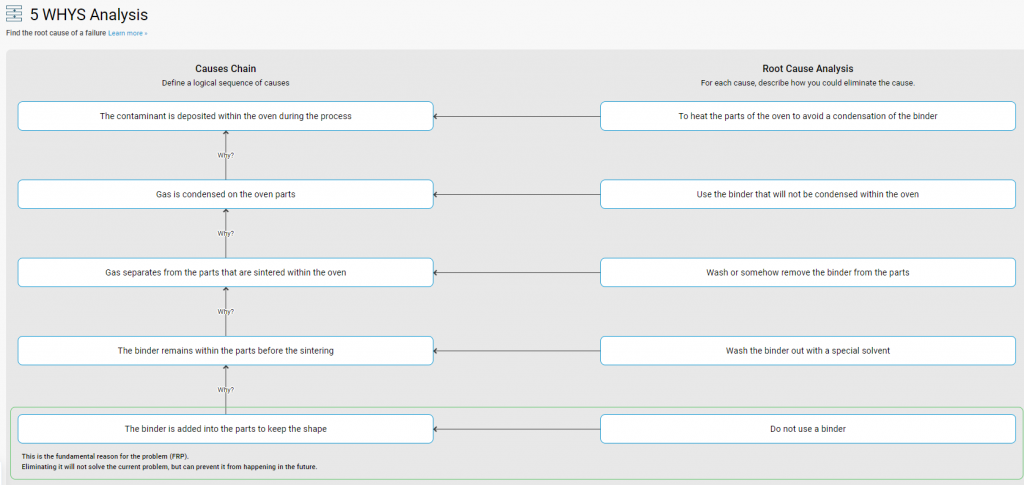Our life is full of changes. We change apartments, cars, work, accept a new position, start learning, etc. We make a lot of changes at our work too – maintain equipment, clean the products, change vendors, and hire or fire people. And we can continue the list of possible changes endlessly. The question is, do we need these changes or not? Are they innovations or just changes?
In most cases, people don’t bother much to analyze or even think about the reason for any change they make. Here, let’s do the simple analysis that everyone should do. And we’ll do it in two levels.
A good situation if people can answer the question “Why?”. “Why are you going to make this change?”
The classical answers, however, will be: “Because I want this”, “My spouse needs this”, “My manager requested to improve….”, “Higher salary”, “Closer to home”, etc.
The right question to ask regarding the change is, “What problem are you going to solve with this change?”
Examples:
“What problem are you solving by accepting a new position?”
“What problem are you solving by taking the classes on Python?”
“What problem are you solving by repetitively replacing the filter in the equipment?”
We can continue with the examples, but these questions are important for the change to be effective, significant, and innovative.
A few months ago I got a new car. The agent told me that this car is full of innovations. It took her at least 20 minutes to explain to me the meaning of all lights and buttons. Honestly, I even did not try remembering everything. I was sure I will never use most of them because I don’t need them. They don’t solve any of the problems I have in my driving experience. All these changes installed in the car are not innovations because they do not solve any of my existing problems.
Note: we already discussed this aspect in our previous blogs: Innovation is a solution to somebody’s problem, and Innovation is the solution to the right problem .
A change that solves somebody’s problem can be classified as an innovation. Otherwise, it is just a change, even if it is costly and sophisticated.
There are a vast number of innovation platforms available. The most common is one that helps to take an Idea to Innovation; which may or may not be real innovation as we explained above.
PRIZ Innovation Platform offers a flow that always starts with defining a problem.

To define and implement a new procedure to clean the oven fast and effectively.
Background
After a number of processing the vacuum furnace becomes contaminated. The cleaning of the oven takes a long time. During the maintenance, the oven is down and production suffers.
Current process flow

Just to reiterate, the original managerial request is – to improve cleaning. We want to ask the question, is it the correct problem to solve?
So, let’s start with the problem definition.
First of all, the contaminated oven is not a problem – this is a failure. Even if we find an excellent way to clean the chamber fast and effectively, this will not solve the problem – the oven will get contamination over and over again.
With the help of PRIZ Innovation Platform we defined the problem statement in three steps, as shown below:

This problem statement clearly shows that the problem is not the deposit itself that should be removed, but the fact is that the contaminant deposits and contaminates the oven in the first place during the process.
Problem statement
The contaminant is deposited within the oven during the process
There are two very useful tools available on is PRIZ Platform for finding a cause of failure: Cause & Effect Chain (CEC) and 5+ Whys. For this case, we decided to use 5+ Whys as a tool of choice.
This tool allows both to analyze the problem and find the solution. The result is shown below:

As a result, a special solution was outlined, and it is to remove most parts of the binder. Due to the interaction with the solution, the binder residue converts into a form that does not condense on the parts of the oven in the process.
The new process flow containing no oven cleaning at all is shown below.

We didn’t go into the details of how exactly we modified the washing step. It is not important for the matter of this article. The most important point here is we must always solve the correct problem.
Don’t fight a failure. Always start with a problem to create real innovation.
It is free!